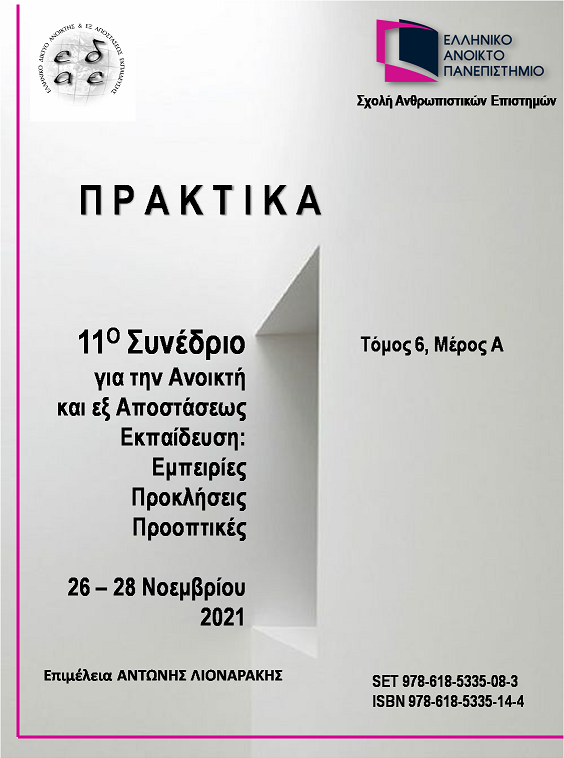Facilitating learning and promoting active participation and interaction in online university courses during the Covid 19 era: Views of AUTH undergraduate students

Περίληψη
The mandatory transition from face-to-face learning to e-learning due to Covid 19 pandemic and the adaptation of teachers and students to the learning conditions presented a new and great challenge. The present paper is focusing on the design of an undergraduate course in the School of Early Childhood Education of Aristotle University of Thessaloniki, implemented during the spring semester of 2021 using the zoom platform. The paper presents the views of the participants in the course concerning the facilitation of their learning, their active participation and the interaction and collaboration developed by the exploitation of multimedia as well as communication and collaboration tools. The views of the students were recorded systematically throughout the semester in the context of formative evaluation carried out and were analyzed by thematic analysis. According to the results of the research, the students have confirmed that the exploitation of multimedia and communication and collaboration tools contributed effectively to their learning, to their active participation and the development of different types of interaction (with the content, with the teacher and between themselves). Interactive posts on padlets, projections and comments on videos, polls, and chat were considered the most effective means and tools.
Λεπτομέρειες άρθρου
- Τεύχος
- Τόμ. 11 Αρ. 6Α (2022)
- Ενότητα
- Άρθρα


